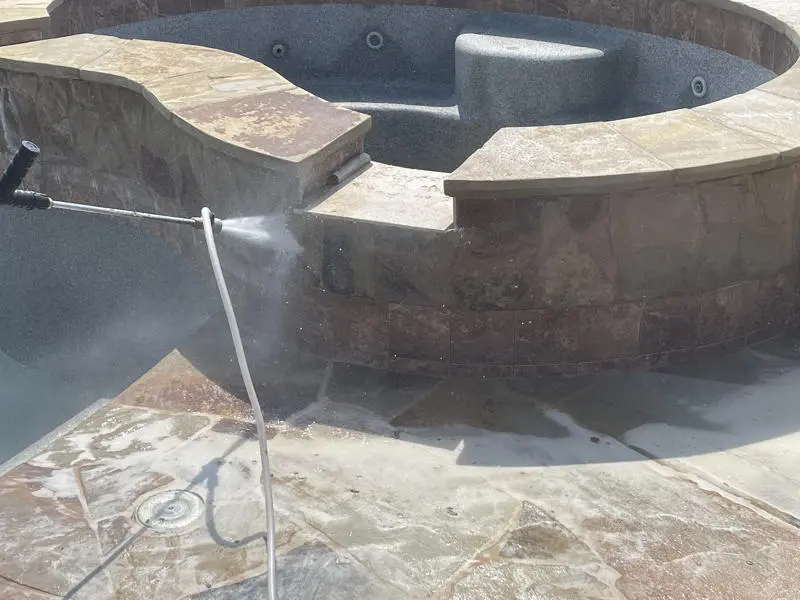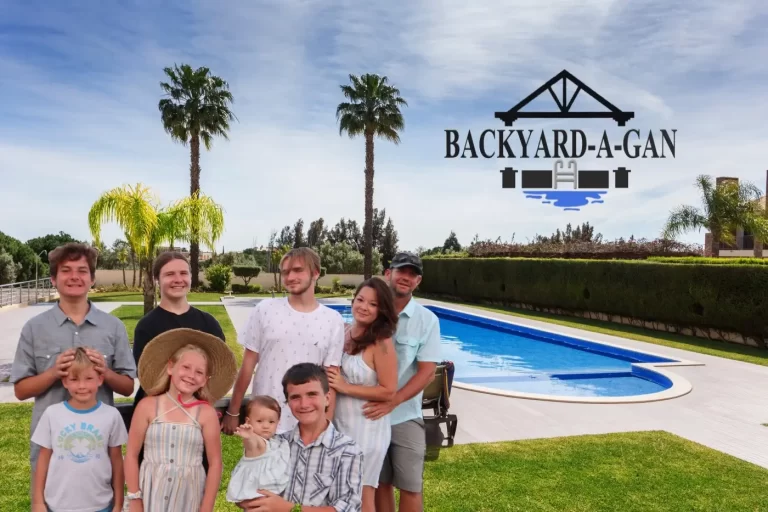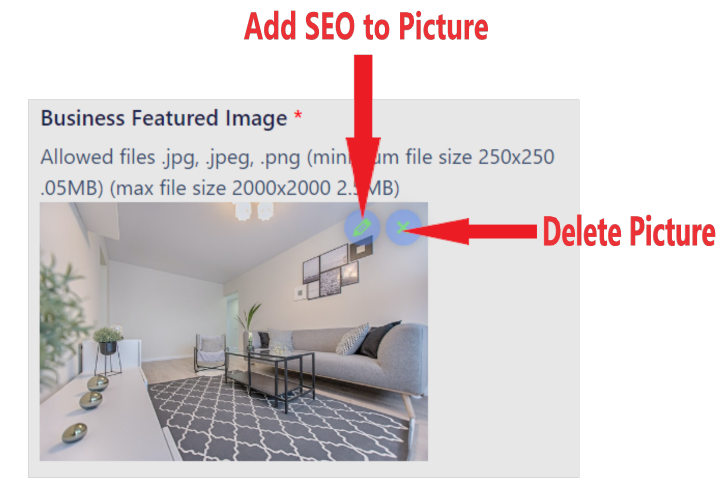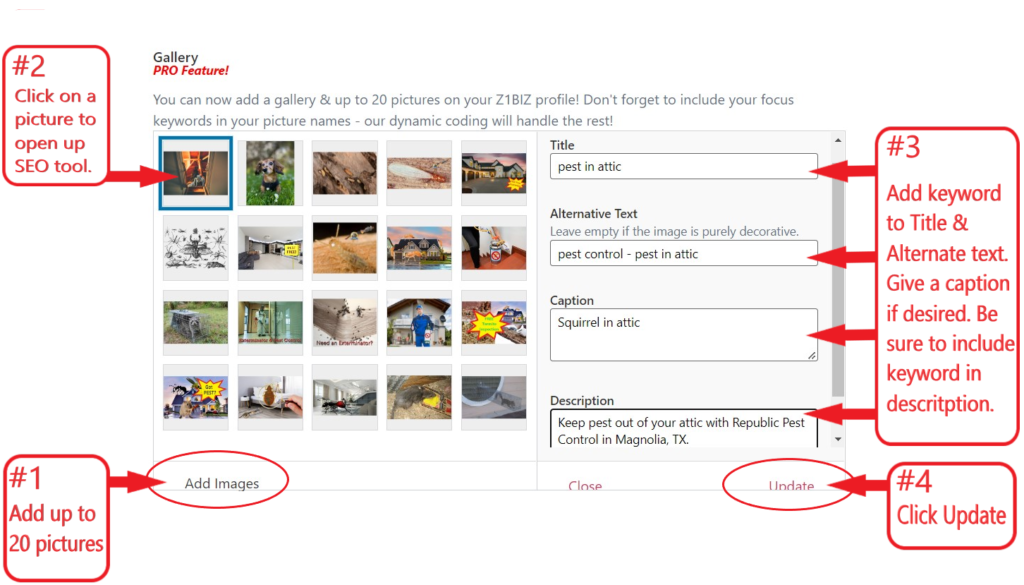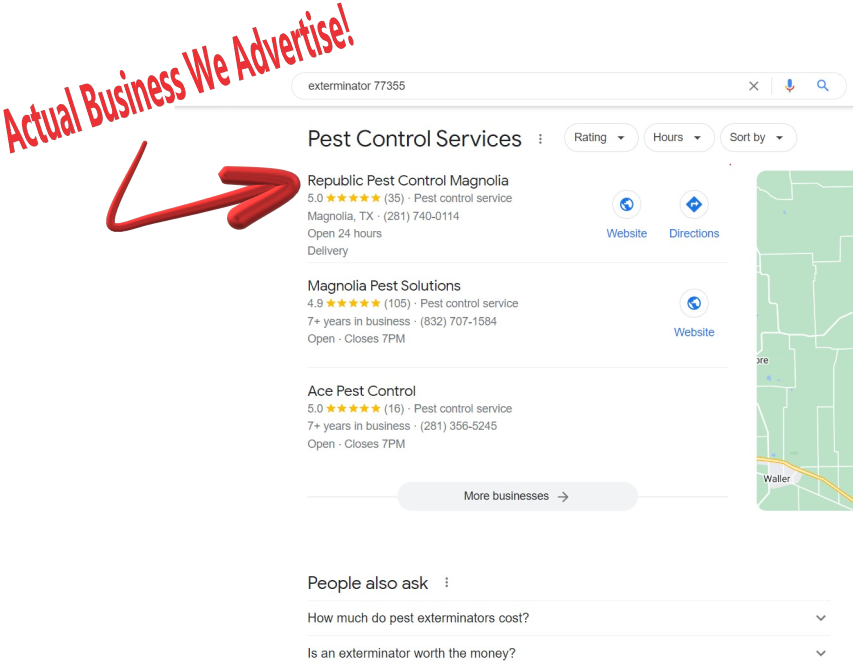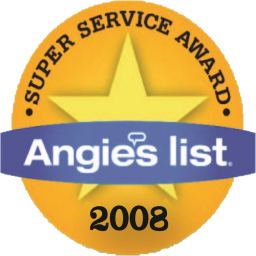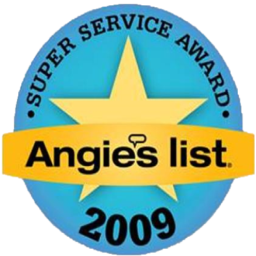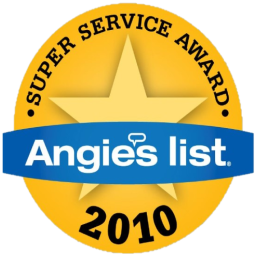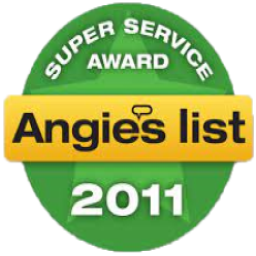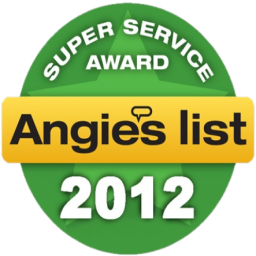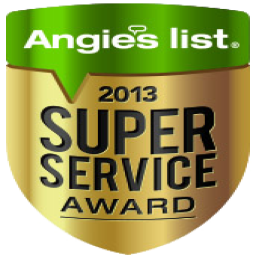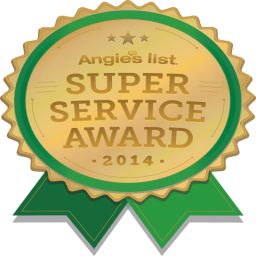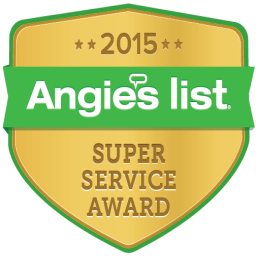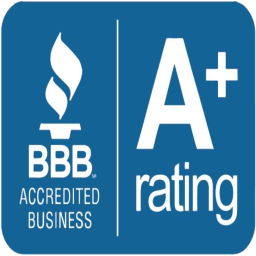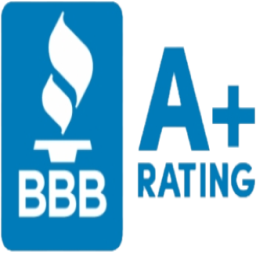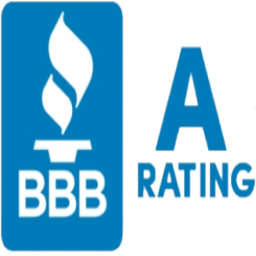At Backyard-A-Gan Pool Tile Cleaning, we focus entirely on one thing: restoring the surfaces of your pool by removing years of calcium buildup. We’re not a general pool service company. We specialize in calcium removal, and we’ve developed a dedicated cleaning process that delivers visible results—without damaging your tile, stone, or other surfaces.
We work with pool owners who are tired of seeing crusty white deposits along their waterlines. Whether it’s years of mineral accumulation or seasonal buildup, our calcium removal process clears away the mess and brings your pool back to its original look.
What Causes Calcium Buildup in Pools?
Calcium deposits—often referred to as scale—form when calcium hardness in the water gets too high. In areas like Houston and surrounding regions where hard water is common, this buildup can become aggressive.
Factors that contribute to calcium scaling include:
- High pH levels
- High total alkalinity
- Excessive calcium hardness
- High water temperatures
- Evaporation leaving minerals behind
These deposits show up most clearly along the waterline tile, spillways, and around decorative stone. They can also develop on fountains, pool features, and equipment.
Signs That Your Pool Needs Calcium Removal
Some pool owners don’t recognize calcium buildup until it becomes visually obvious. But here’s what to watch for:
| Visible Sign | What It Means |
|---|---|
| White crust along waterline | Hard calcium scale forming due to mineral imbalance |
| Chalky or cloudy tile appearance | Surface being etched or covered by heavy deposits |
| Flakes or chunks in skimmers | Scale breaking off from surfaces and traveling in system |
| Reduced water flow | Possible scaling in pipes or filters |
If your pool is showing one or more of these signs, it’s time for a proper cleaning. Brushing or acid washing won’t work—and in most cases, DIY solutions only make it worse.
Why Calcium Removal Matters
Leaving calcium scale in place leads to more than just cosmetic problems.
- It erodes tile grout, causing tile to loosen over time.
- It clogs return lines and shortens the lifespan of your pump and filters.
- It roughens surfaces, making algae harder to remove and maintain.
By removing the calcium properly, you’re protecting both your pool’s appearance and its long-term function.
How We Remove Calcium From Pools
We follow a specific, hands-on approach using media blasting. This technique allows us to remove scale without grinding, sanding, or using high-acid chemicals that can damage your pool finish.
You can read more about our cleaning process here, but here’s the breakdown:
1. On-Site Evaluation
We arrive, inspect your pool surface, and identify where buildup is located. This helps us choose the correct blasting media and pressure.
2. Blasting With Recycled Glass or Kieserite
We use either:
- Recycled glass beads for ceramic and porcelain tile
- Kieserite (natural mineral) for delicate surfaces like stone or pebble finish
These materials gently lift off calcium without scratching or dulling your pool’s finish.
3. Clean Up and Rinse
We vacuum the pool, clean your deck, and wipe down nearby furniture or landscaping.
See the Results: Before & After Examples
Want to see what our calcium removal looks like in real pools?
We’ve posted a gallery of real jobs here showing what our process does—up close and in detail.
Here’s what you’ll see in those photos:
- Bright, clean waterline tile
- Spillways restored to natural stone color
- Steps and ledges completely free of white crust
- Pools that look refreshed—without a full remodel
Common Questions About Our Services
We hear a lot of the same questions from new customers. Here’s what you might be wondering:
Do you use acid washing?
No. Acid washing can etch and damage your tile. We use a dry blasting method that’s far safer and more effective.
How long does it take?
Most jobs are finished the same day. We schedule based on pool size and scale severity.
Will the calcium come back?
Over time, yes—but slower if your water chemistry is balanced. After cleaning, we’ll guide you on how to maintain your pool to reduce new buildup.
Visit our FAQ page for more helpful answers.
Why Work With a Specialized Calcium Removal Company?
Some companies offer calcium removal as an added service. At Backyard-A-Gan, it’s our only focus. We’re built specifically to address one problem: pool surface scaling.
This is what sets us apart:
- We only use media blasting—no sanding or grinding
- Our process is safe for tile, stone, PebbleTec, and fountains
- We bring all materials, including water-neutralizing equipment
- Licensed and insured professionals with a dedicated pool surface focus
When you work with us, you’re not just hiring a cleaning crew. You’re working with a company that does only calcium removal.
What Happens After We Remove the Scale?
Once we’ve cleared the calcium from your tile, coping, or features, we leave your pool area clean—and ready to swim in.
Here’s what we recommend after a cleaning:
- Keep water pH between 7.4–7.6
- Monitor calcium hardness (200–400 ppm ideal)
- Use a sequestering agent to prevent minerals from binding
- Schedule an annual check-in to catch early signs of buildup
We also offer guidance on these steps during and after the appointment.
Customer Feedback: Real Pool Owners, Real Results
Pool owners around Houston and surrounding areas trust us to restore their surfaces. Here’s a snapshot of recent comments:
“Couldn’t believe the difference—our tile looked brand new. And it only took a few hours.”
– John S., Sugar Land
“They showed up on time, explained everything, and didn’t leave a mess. Real professionals.”
– Linda R., Katy
“The calcium buildup around our spa was awful. Backyard-A-Gan cleared it up in a day.”
– Mark T., Cypress
Want to share your own results? Head over to our contact page and let us know how we did.
Chart: What to Watch in Your Pool Water to Avoid Calcium Build-Up
Here’s a quick chart to help you track your levels. Use this as a part of your pool care routine:
| Factor | Ideal Range | Effect on Scaling |
|---|---|---|
| Calcium Hardness | 200–400 ppm | Higher levels increase scaling risk |
| pH Level | 7.4–7.6 | High pH accelerates calcium deposits |
| Total Alkalinity | 80–120 ppm | Helps buffer pH to stay in safe range |
| Water Temperature | Below 85°F ideal | Hot water speeds up mineral reaction |
| Sequestering Agent | Use monthly | Binds minerals to prevent buildup |
This chart can help you and your pool service tech stay ahead of any scale formation.
Service Areas
We serve pool owners throughout Greater Houston, including:
- Katy
- Cypress
- Sugar Land
- Spring
- The Woodlands
- Pearland
- Tomball
- Jersey Village
- Memorial City
If you’re outside those zones, feel free to contact us—we often make exceptions based on schedule and demand.
Ready to Remove Calcium From Your Pool?
Schedule your appointment directly on our website or give us a call. We’ll provide a detailed quote and walk you through the entire process. You’ll see clear results that same day—and your pool will feel like new again.
📞 832-665-5187
📧 service@backyard-a-gan.com
🌐 Backyard-A-Gan Pool Tile Cleaning
Let’s get your pool surfaces back to what they should be: clean, smooth, and buildup-free.

